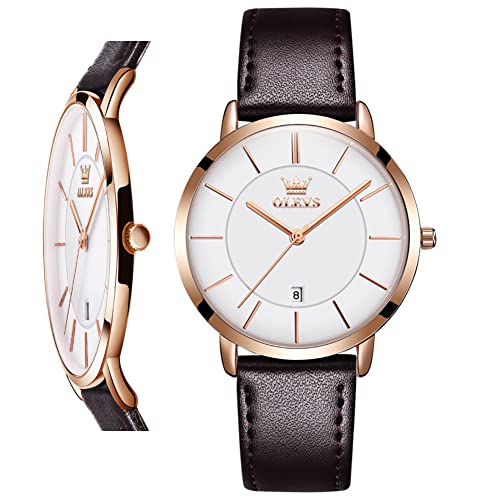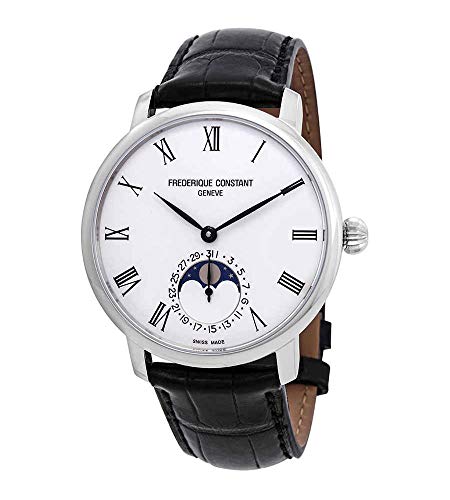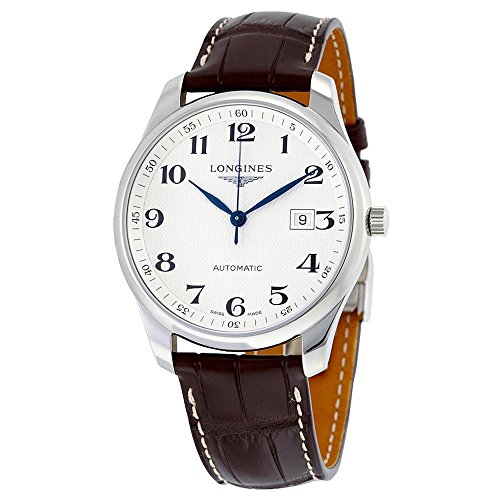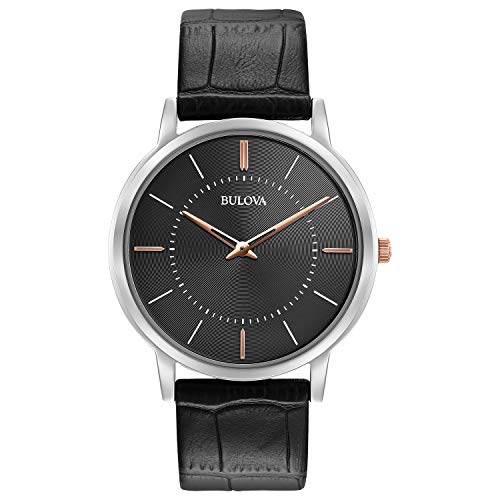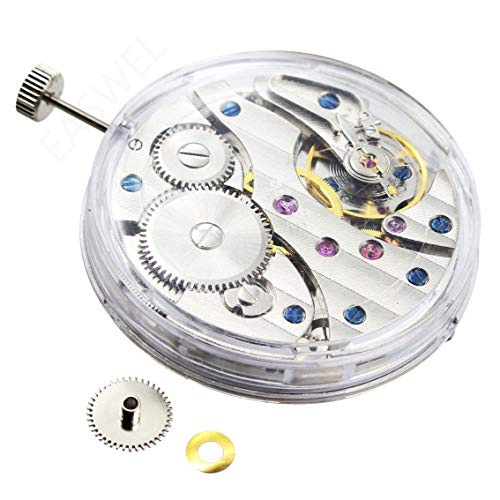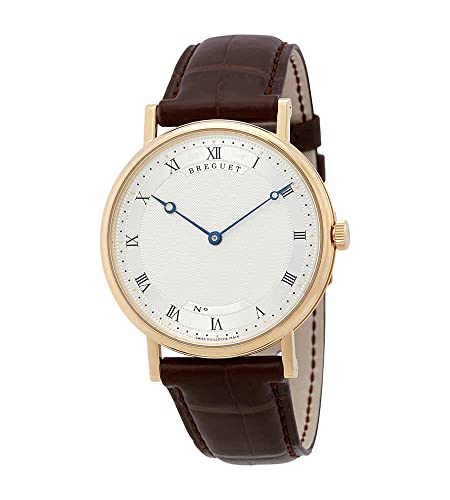Are you an avid watch enthusiast, or simply looking to invest in a timepiece that suits your style and functionality needs? Either way, you’ve come to the right place. In today’s blog post, we will dive deep into the world of automatic and quartz watches, with a particular focus on ultra-thin dress watches. We understand the confusion and dilemma that can arise when choosing between these two types of movements, and that’s exactly why we’re here – to help you navigate through the complexities and make an informed decision. So, fasten your seatbelts and get ready to explore the nuances of automatic and quartz watches, as we unravel the advantages and disadvantages of each, ultimately guiding you towards the perfect timepiece for your wrist.
Stylish Elegance: Bestselling Ultra-Thin Dress Watches
What is an automatic watch?
Automatic watches, also known as self-winding watches, are timepieces that are powered by the natural motion of the wearer’s wrist. They have a unique mechanism that winds the watch automatically without requiring manual winding.
How does an automatic watch work?
Self-winding mechanism
Inside an automatic watch, there is a rotor or oscillating weight that moves back and forth as the wearer’s wrist moves. This motion generates energy, which is then transferred to the mainspring, a coiled metal strip that stores the energy.
Oscillating weight
The oscillating weight is connected to the winding mechanism of the watch. As the wearer’s wrist moves, the weight rotates on its axis, winding the mainspring. This continuous winding action ensures that the watch remains powered and accurate, as long as it is worn regularly.
Power reserve
Automatic watches have a power reserve, which refers to the amount of time the watch can run without being worn. The power reserve varies from watch to watch but typically ranges from 24 to 48 hours. If the watch is not worn for an extended period, the power reserve will eventually deplete, and the watch will stop running. However, it can be easily reset by simply wearing the watch or using a watch winder.
Key components
An automatic watch consists of several essential components, including:
- Rotor: The oscillating weight that winds the mainspring.
- Mainspring: The coiled metal strip that stores the energy.
- Balance wheel: Regulates the accuracy of the watch by oscillating back and forth at a specific rate.
- Escapement: Controls the release of energy from the mainspring, ensuring the continuous movement of the watch.
Benefits of owning an automatic watch
Owning an automatic watch offers several benefits that make it a popular choice among watch enthusiasts. Here are some key advantages:
Convenience
- No manual winding required: The self-winding mechanism eliminates the need for manual winding, providing convenience and ease of use.
- Continuous power: As long as the watch is worn regularly, it will remain powered without the need for batteries or external power sources.
Craftsmanship and Heritage
- Mechanical watchmaking tradition: Automatic watches are a testament to the artistry and craftsmanship of traditional mechanical watchmaking, often cherished for their precision and intricate movements.
- Legacy and history: Many luxury watch brands have a rich heritage, often dating back decades or even centuries, adding a sense of history and prestige to the timepiece.
Environmental Friendliness
- No batteries: Automatic watches are eco-friendly as they do not require batteries, reducing waste and environmental impact.
- Longevity: Well-maintained automatic watches can last a lifetime or even generations, reducing the need for frequent replacements.
Timekeeping Accuracy
- Smooth and precise movement: The mechanical movement of an automatic watch offers a smoother and more precise timekeeping experience compared to quartz watches.
- Constant motion: The continuous motion of the wearer’s wrist keeps the watch wound, ensuring accuracy and reliability.
In summary, an automatic watch is a mechanical timepiece that self-winds by utilizing the natural motion of the wearer’s wrist. It offers convenience, craftsmanship, environmental friendliness, and accurate timekeeping. Whether you appreciate the art of mechanical watchmaking or simply seek a reliable and stylish timepiece, owning an automatic watch is a testament to both fashion and functionality.
For a quick comparison of automatic watches with other types of watches, refer to the table below:
| Automatic Watch | Quartz Watch | Manual Wind Watch | |
|---|---|---|---|
| Power Source | Natural movement of the wrist | Battery-powered | Manual winding |
| Convenience | Self-winding | Battery replacement needed | Manual winding |
| Accuracy | Slightly less precise | Highly accurate | Depends on user winding |
| Environmental Impact | Less waste due to no batteries | Requires battery replacements | No batteries used |
| Longevity | Can last a lifetime | Depends on battery life | Can last a lifetime |
| Craftsmanship | Intricate mechanical movement | Simple electronic movement | Intricate mechanical movement |
What is a quartz watch?
In the world of timepieces, quartz watches are a popular choice due to their accuracy, reliability, and affordability. Unlike automatic watches that rely on mechanical movements, quartz watches are powered by a small quartz crystal. In this section, we will delve into the details of what a quartz watch is, how it works, and the advantages and disadvantages it offers.
Quartz Crystal Technology
At the heart of every quartz watch is a tiny, but mighty, piece of quartz crystal. This crystal is cut and shaped into a small plate or tuning fork shape. When an electric current is applied, the crystal undergoes a phenomenon known as the piezoelectric effect. This effect causes the crystal to vibrate at an incredibly high frequency, usually around 32,768 times per second. These vibrations are precisely controlled by an electronic circuit, which helps maintain the accuracy of the watch.
The Advantages of Quartz Watches
1. Accuracy
Quartz watches are renowned for their exceptional accuracy. Compared to mechanical watches, which can lose or gain a few seconds per day, quartz watches are extremely reliable and can deviate by only a few seconds per month. This makes them a preferred choice for those who require precise timekeeping.
2. Low Maintenance
Unlike automatic watches, which require regular winding or wearing to keep them running, quartz watches are powered by a battery. This means they do not need constant attention to ensure they are functioning properly. Simply replacing the battery every few years is usually sufficient to keep a quartz watch running smoothly.
3. Affordability
Quartz watches are generally more affordable compared to their mechanical counterparts. The production process for quartz watches is highly automated, resulting in lower manufacturing costs. This affordability makes quartz watches accessible to a wider range of individuals who appreciate the convenience and accuracy it offers without breaking the bank.
4. Durability
Thanks to their electronic components and fewer moving parts, quartz watches are more resistant to shock and vibrations. They are less prone to damage from accidental drops or impacts compared to mechanical watches. This durability makes quartz watches an excellent choice for those with an active lifestyle or professions that involve physical activities.
5. Convenience
Quartz watches typically feature a battery life that lasts for months or even years, depending on the model. This means you can wear a quartz watch without worrying about regular winding or setting the time. Their lightweight nature and slim design also make them comfortable to wear for long periods without feeling bulky or cumbersome on the wrist.
The Disadvantages of Quartz Watches
1. Lack of Tradition and Craftsmanship
Quartz watches are often criticized for lacking the traditional charm and craftsmanship associated with mechanical watches. As quartz watches rely on electronic components, they do not possess the intricate mechanisms and intricate movements found in automatic or mechanical watches. This can be a drawback for those who appreciate the artistry and handmade nature of traditional watchmaking.
2. Battery Dependency
While the battery life of quartz watches is generally long-lasting, eventually the battery will need to be replaced. This periodic maintenance can be seen as a drawback for some, as it requires a trip to a watchmaker or jeweler to ensure the watch continues to function properly.
3. Tick Motion
Quartz watches are known for their characteristic tick motion, where the second hand moves in one-second intervals. This is in contrast to the smooth sweeping motion of automatic watches. Some individuals find the tick motion less aesthetically pleasing or captivating, while others appreciate its precision and practicality.
Comparison of automatic and quartz watches
When it comes to choosing a watch, there are two main types to consider: automatic and quartz watches. Each of these options has its own set of features and characteristics that may sway your decision. In this section, we will compare these two types of watches, focusing on accuracy, maintenance, power source, and price. By exploring these factors, we hope to provide you with the information you need to make an informed decision.
Accuracy
Accuracy is one of the most crucial factors when selecting a watch. Here is how automatic and quartz watches compare in terms of accuracy:
- Automatic Watches
- Tend to be less accurate than quartz watches.
- Typically gain or lose a few seconds each day.
- May require occasional adjustment to maintain accuracy.
- Quartz Watches
- Provide exceptional accuracy.
- Generally only lose a few seconds per month or even per year.
- Rarely require adjustment for accuracy.
Maintenance
Maintenance is an essential aspect to consider as it determines how often you need to service your watch. Let’s compare the maintenance requirements of automatic and quartz watches:
- Automatic Watches
- Require regular servicing, typically every 3-5 years.
- Need to be cleaned and oiled to keep them running smoothly.
- Can be more expensive to maintain due to the complexity of their movements.
- Quartz Watches
- Have low maintenance requirements.
- Usually only require a battery replacement every 1-2 years.
- Relatively easy and cost-effective to maintain.
Power Source
Understanding the power source of a watch is crucial as it determines how frequently you’ll need to replace or recharge it. Let’s compare the power sources of automatic and quartz watches:
- Automatic Watches
- Powered by the natural motion of the wearer’s wrist.
- Often include a power reserve to keep them running when not in use.
- Require regular wearing or winding to generate power.
- Quartz Watches
- Powered by a battery.
- Can run continuously for an extended period before the battery needs to be replaced.
- Convenient and hassle-free as long as you replace the battery when needed.
Price
Lastly, the price is an important consideration for many when purchasing a watch. Let’s compare the price range between automatic and quartz watches:
- Automatic Watches
- Generally more expensive due to their intricate movements and craftsmanship.
- Can range from several hundred dollars to thousands of dollars.
- Some luxury brands offer limited-edition automatic watches that command premium prices.
- Quartz Watches
- Tend to be more affordable compared to automatic watches.
- Offer a wide range of options, from inexpensive basic models to higher-end quartz watches.
- Can be reasonably priced and still exhibit excellent craftsmanship.
Ultra-thin dress watches: Automatic or quartz?
When it comes to selecting a timepiece to complement your formal attire, the choice between an automatic or quartz movement can be quite crucial. In this section, we will delve into the world of ultra-thin dress watches and analyze the suitability of each movement type. Let’s consider factors such as design, thickness, and overall aesthetics to help you make an informed decision.
Automatic Movements: Classic Elegance and Mechanical Prowess
Design and Tradition
- Automatic movements are inherently linked to traditional watchmaking craftsmanship, known for their intricate, meticulously designed components.
- The mesmerizing sight of the rotor rotating and winding the mainspring can be visually appealing, especially for watch enthusiasts.
- Suitable for individuals who appreciate the artistry and history of watchmaking.
Thickness
- Automatic movements tend to be thicker than their quartz counterparts due to the intricate mechanical components involved.
- While advancements have been made in creating thinner automatic movements, they are still generally thicker than quartz alternatives.
Battery-Free Operation
- Automatic movements rely on the wearer’s wrist movement to generate energy, eliminating the need for battery replacements or manual winding.
- Convenient for individuals who prefer a watch that is always ready to be worn without the hassle of maintenance.
Consistency and Accuracy
- Although automatic movements are not as precise as quartz movements, modern automatic watches often boast accurate timekeeping within acceptable tolerances.
- The speed at which automatic watches can gain or lose time can vary depending on various factors such as daily usage or positioning.
Quartz Movements: Practicality with Precision
Design and Simplicity
- Quartz movements are known for their simplicity and reliability, often showcasing a clean and minimalist design.
- The absence of intricate mechanical components allows for slimmer profiles and sleek designs, making them highly suitable for dress watches.
Impressive Thinness
- Quartz movements are incredibly thin, making them a preferred choice for ultra-thin dress watches.
- Their slim profile not only enhances aesthetics but also adds comfort when wearing a watch with a thinner case.
Excellent Precision
- Quartz movements are renowned for their unrivaled accuracy, often delivering precise timekeeping within seconds per month.
- Minimal variation in timekeeping makes them an ideal choice for individuals who prioritize accuracy above all else.
Battery Dependence
- Unlike automatic movements, quartz movements require batteries that need periodic replacements.
- However, the long lifespan of quartz watch batteries often ranges from one to three years, reducing maintenance frequency significantly.
Making the Right Choice
Ultimately, the decision between an automatic or quartz movement for an ultra-thin dress watch relies on personal preference and priorities. Consider the following factors when making your choice:
- Design: Decide whether you are drawn to the traditional craftsmanship and visual appeal of automatic movements or prefer the simplicity and sleekness of quartz movements.
- Thickness: Determine whether having an ultra-thin watch is of utmost importance or if a slightly thicker profile is acceptable.
- Precision: Consider whether precise timekeeping is a priority, as quartz movements are unrivaled in this aspect.
- Maintenance: Evaluate the convenience of a self-winding watch versus the occasional battery replacement requirement of quartz models.
In conclusion, both automatic and quartz movements have their respective advantages and charm when it comes to ultra-thin dress watches. Choose the option that aligns with your personal style, preferences, and priorities, and you’ll have a timepiece that complements your formal attire flawlessly.
Choosing the Best Watch Movement
In summary, the choice between automatic and quartz watches ultimately depends on personal preferences and needs. Whether you prioritize the elegance of a mechanical movement or the practicality of quartz technology, both options have their own unique appeal. Regardless of your choice, investing in a high-quality watch will ensure that you have a timepiece that reflects your style and serves you well for years to come.



